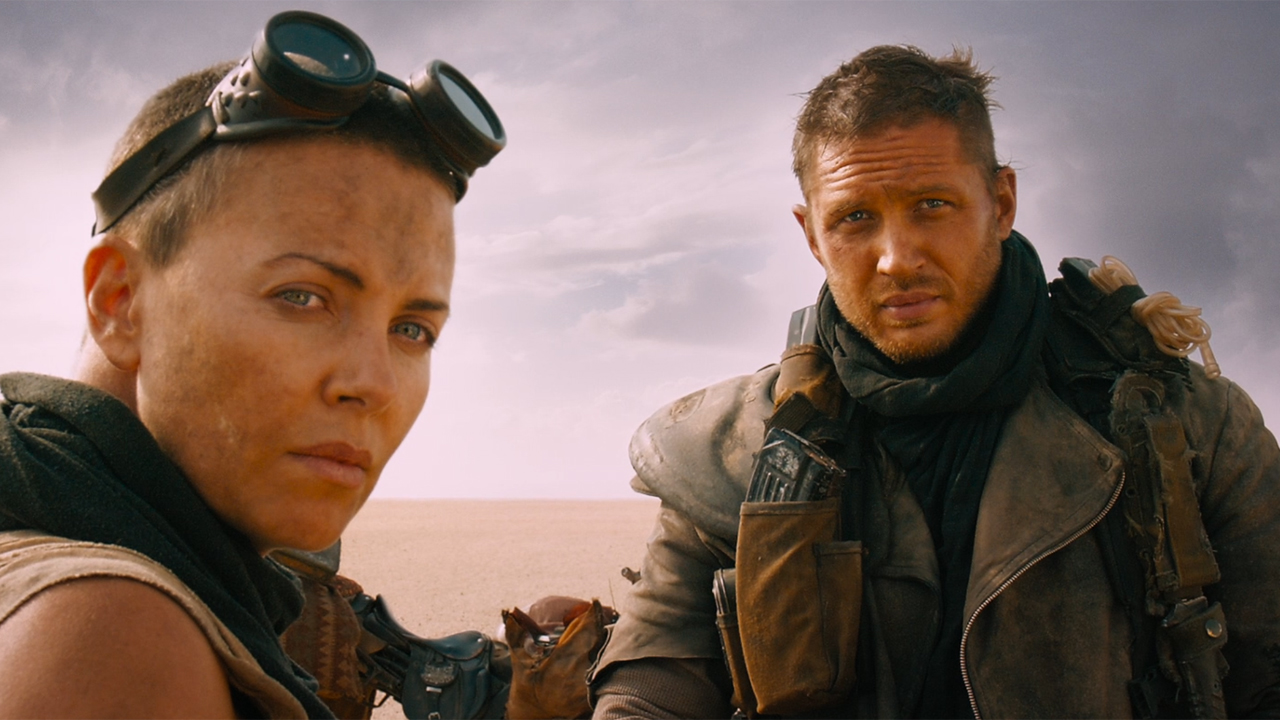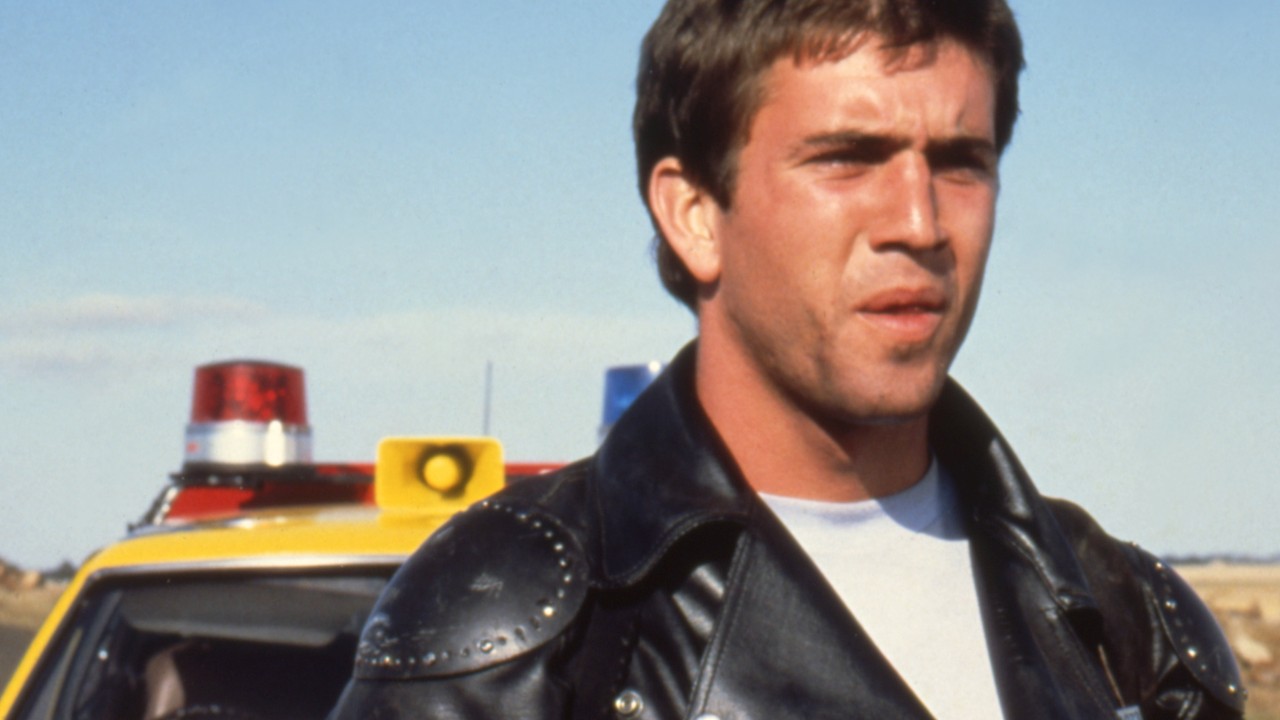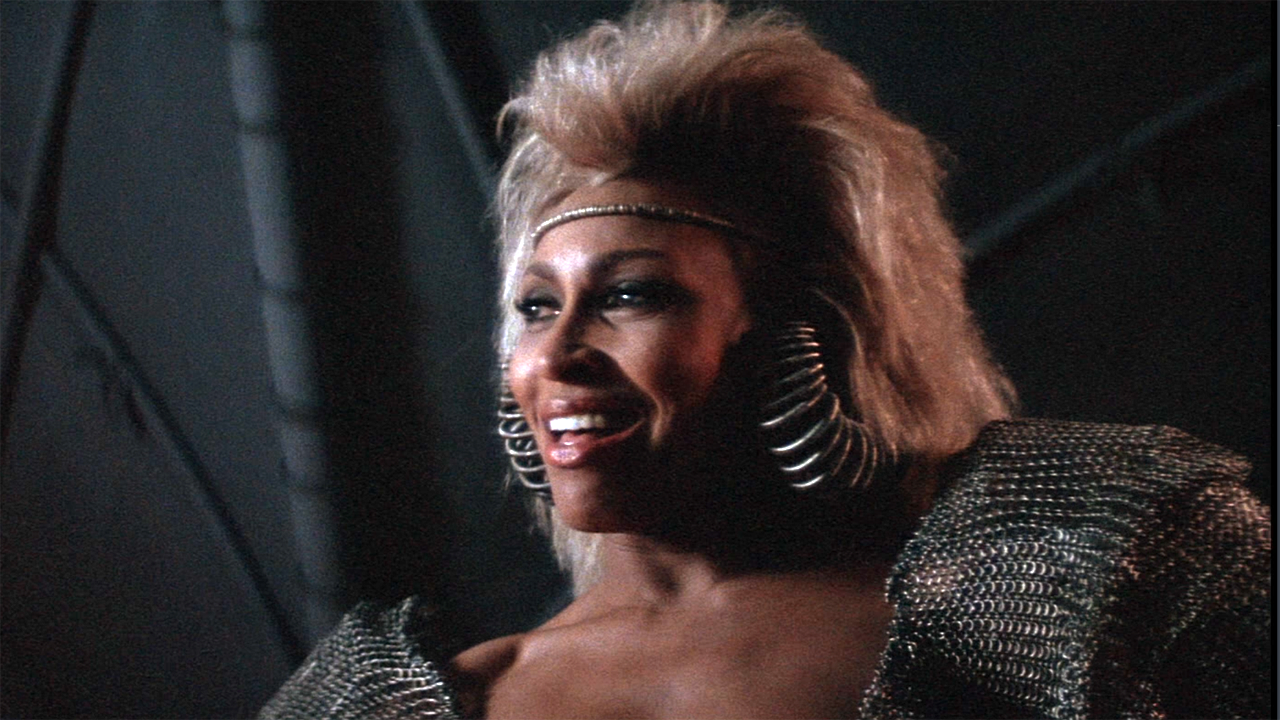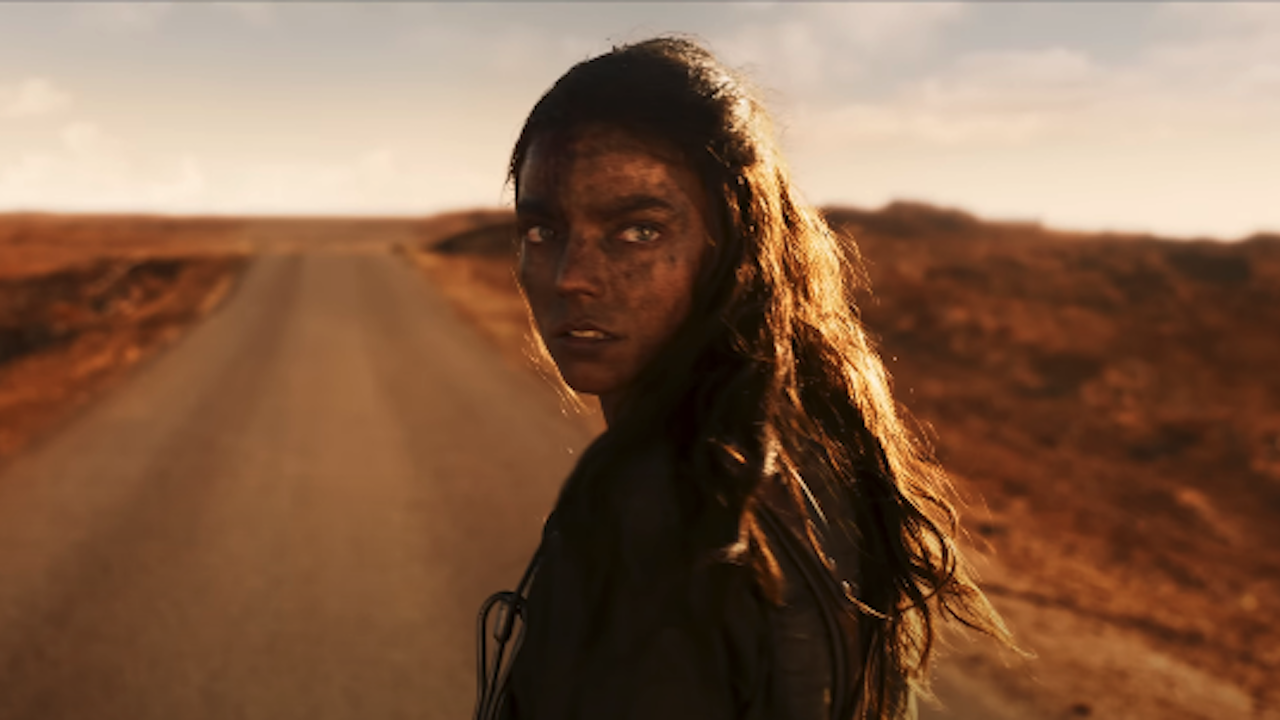How Are Furiosa And The Other Mad Max Movies Connected To Each Other?
Getting you ready for Furiosa: A Mad Max Saga.

It’s been nearly a decade since writer/director George Miller first blew our minds with the cinematic masterpiece that is Mad Max: Fury Road, and at long last, a new chapter in the beloved action franchise is almost here. Rather than being another adventure with Max Rockatansky, Furiosa: A Mad Max Saga will examine the backstory of its titular character (who was memorably played by Charlize Theron in Fury Road).
If the prequel nature of the upcoming 2024 movie has sparked your curiosity about the Mad Max timeline on a larger scale, you’re in the right place. We’ve put this feature together to examine both the history of the franchise and how all of the movies connect together. It’s a bit complicated, but let’s first make one big point clear about the series “canon.”

George Miller Hasn’t Made The Mad Max Movies With A Chronology Or Canon In Mind
In May 2015, Mad Max: Fury Road screened at the Cannes Film Festival, and George Miller was asked during a press conference (via Reddit) how he feels the blockbuster connects to the previous movies in the franchise (i.e. Mad Max, Mad Max 2: The Road Warrior, and Mad Max: Beyond Thunderdome). The filmmaker made his view on the matter clear in his response:
All of the films have no strict chronology. [Mad Max: Fury Road is] probably after Thunderdome, but it’s an ‘episode’ in the life of Max and this world. It’s basically an episode, and it’s us revisiting that world. I never wrote the story – any of the stories – with a chronological connection.
Perhaps the best way to think about it is with an emphasis on the voice-over that is used in Mad Max: The Road Warrior. The narration comes from the perspective of the so-called Feral Kid, who has grown up and is recalling a memory of the time when he was a child and "Mad Max" Rockatansky saved him and his people from Lord Humungus and his gang of freaks. None of the other movies in the series have a similar voice-over, but they can all equally be viewed as tales told around a campfire in an apocalyptic wasteland.
It makes sense that some details line up, but details that don’t can be explained by lapsed memory and/or transmission changing a la the telephone game. It’s folklore from the end of the world – which is also why it really didn’t matter that Tom Hardy took over the lead role for Mad Max: Fury Road.

There Are Arguably Two Separate Eras In The Mad Max Franchise: Societal Collapse And Post-Apocalypse
If the answer “there is no canon” doesn’t totally satiate your interest regarding the Mad Max timeline, I get it, and I’m happy to help you keep scratching the itch.
Watching the four existing movies, one can delineate two separate eras in the timeline: the first is a period of societal collapse where infrastructure has fallen apart and resources have become disturbingly scarce; the second is after a nuclear war has decimated the planet and forced society into a total rebuild on the scorched Earth.
Your Daily Blend of Entertainment News
Societal Collapse: Mad Max & Mad Max 2: The Road Warrior
Similar to the X-Men franchise timeline, the Mad Max timeline is complicated by a too-vague chyron in the first movie. The 2000 Marvel movie says it’s set in a “not too distant future,” and the Australian action film begins by dating the events to, “A few years from now.” With the film having been released in 1979, that pins the setting to the early 1980s… but dates really become irrelevant due to the longevity of the series, so it’s best not to get too hung up on them.
There’s a suggestion that things in the world aren’t great in Mad Max, but what’s depicted is far from alien to contemporary audiences. Mad Max 2: The Road Warrior provides a clearer picture, primarily thanks to the aforementioned narration. It’s in the VO that we learn that conflict over fuel has torn the world apart, and it’s revealed that the titular protagonist has spent his time since the events of the first movie wandering as a nomad through the “wasteland” of Australia.
Post-Apocalypse: Mad Max: Beyond Thunderdome & Mad Max: Fury Road
Mad Max: The Road Warrior has a happy ending as Max helps the Feral Kid and the desperate group of settlers defeat Lord Humungus and his gang, but things clearly don’t get any better for the world at large. The global war referenced at the start of the 1981 movie at some point escalates to the excessive use of nuclear weapons, and the conflict ends up frying the globe. All that’s left is desert and people scrounging for remaining fuel and water. It’s in this environment that both Mad Max: Beyond Thunderdome and Mad Max: Fury Road play out.
As society attempts to rebuild, it results in the establishment of communities typically run by horrible fascist leaders. This includes Bartertown, led by Tina Turner’s Aunty Entity in Beyond Thunderdome, and the commerce centers known as Gas Town, the Bullet Farm and the Citadel in Fury Road. Because of George Miller’s lack of interest in creating a firm canon, there is no specific way to calculate how much time passes between the “episodes” in Max’s life.

Furiosa Is Diversion From The Norm For The Mad Max Franchise
The existing nebulousness in the Mad Max timeline will potentially be made a touch clearer with the release of Furiosa: A Mad Max Saga. After all, the film centers on a young Imperator Furiosa, and if we’re going by the age difference between Charlize Theron and Furiosa star Anya Taylor-Joy, that suggests that the story will be set about 21 years prior to the events in Mad Max: Fury Road. Exactly how the two movies will connect is something that we’ll only get to learn when the new film arrives in theaters.
If it’s not already marked on your calendar, put a big red circle around May 24, as that’s the day that George Miller’s long-awaited Furiosa: A Mad Max Saga arrives in theaters. It’s one of the CinemaBlend staff’s most anticipated titles of the year, so be sure to stay tuned here on the site for plenty more coverage in the run-up to the film’s release.

Eric Eisenberg is the Assistant Managing Editor at CinemaBlend. After graduating Boston University and earning a bachelor’s degree in journalism, he took a part-time job as a staff writer for CinemaBlend, and after six months was offered the opportunity to move to Los Angeles and take on a newly created West Coast Editor position. Over a decade later, he's continuing to advance his interests and expertise. In addition to conducting filmmaker interviews and contributing to the news and feature content of the site, Eric also oversees the Movie Reviews section, writes the the weekend box office report (published Sundays), and is the site's resident Stephen King expert. He has two King-related columns.
